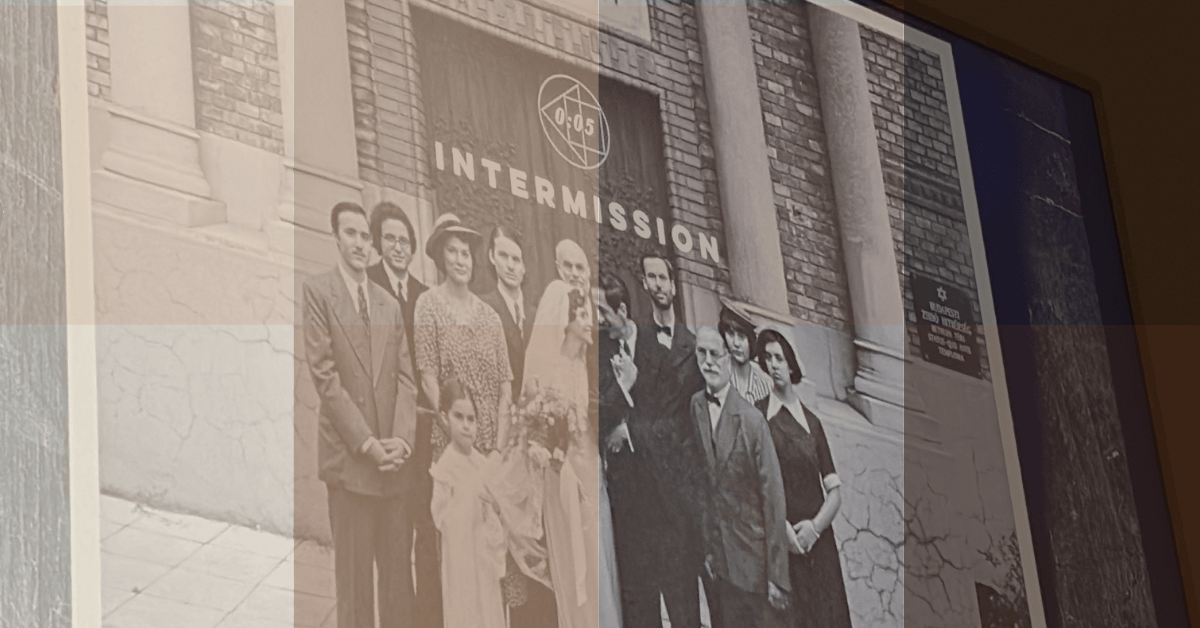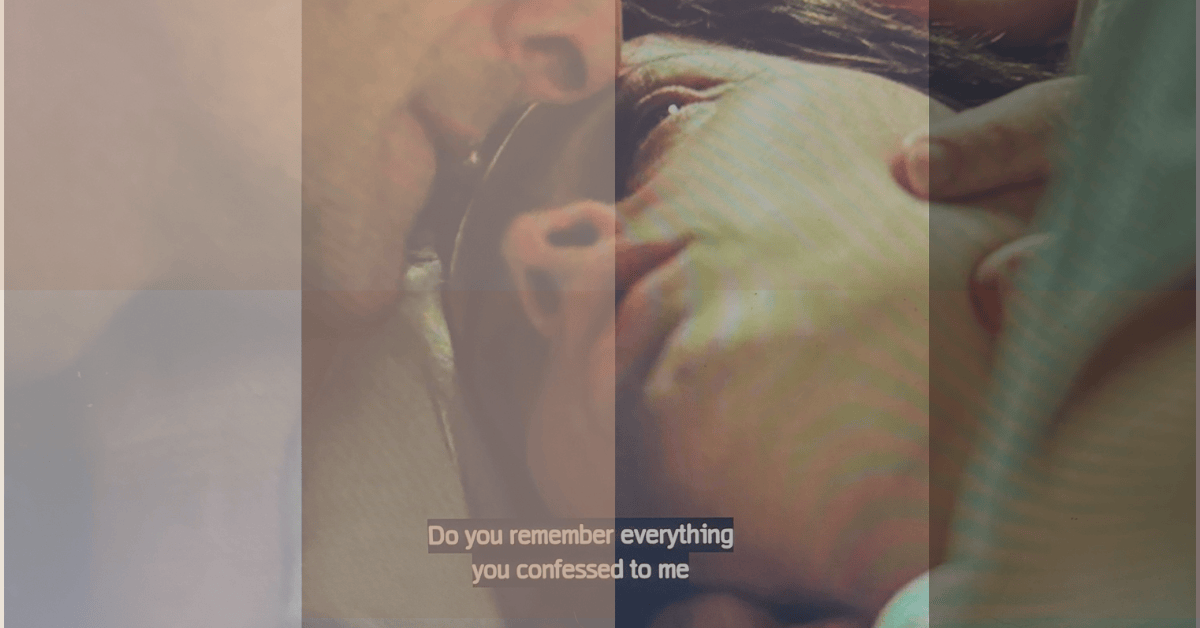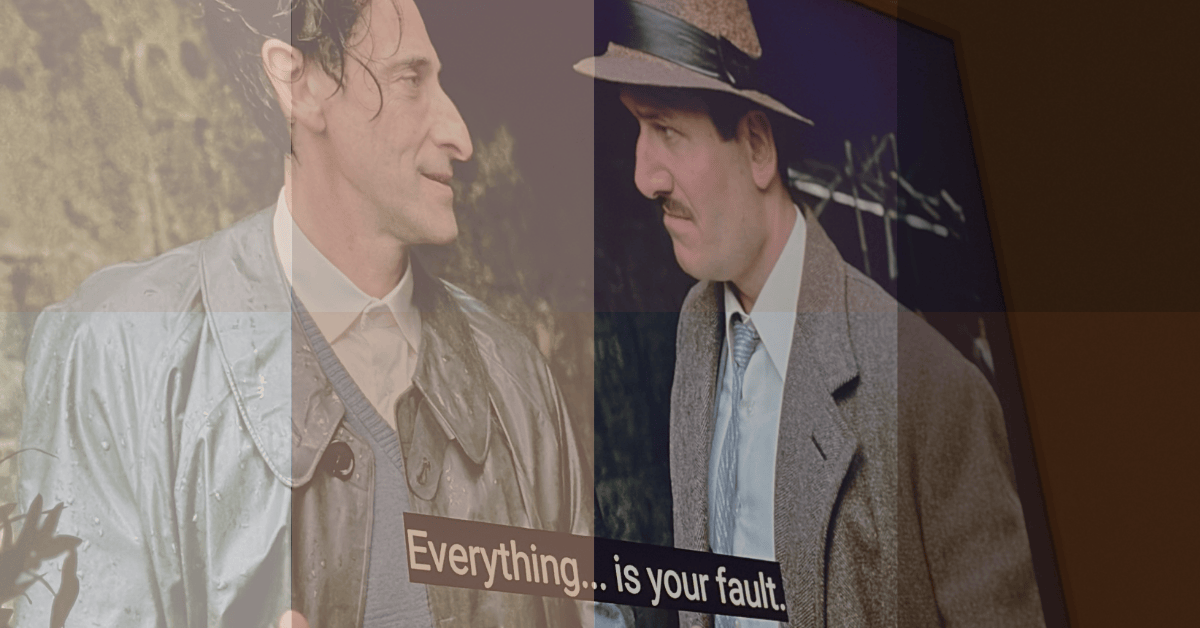The Brutalist: War between art and capital
Brady Corbet’s The Brutalist is an ode to the quiet war waged every day between artistic genius and the economic systems trying to contain it. At its core, this isn’t just a movie about an architect, it’s a movie by one.
[SPOILERS BEYOND THIS POINT]
my rating
9.4/10
Corbet builds like an architect, designs like one, and fights the same fight: defending meaning, beauty, and soul against a bottom line that understands none of it.
This is what makes The Brutalist a real real treat. It’s not just the stunning visuals, or the runtime, or the god-level score. It’s the way it knows itself. It knows what it means to make something beautiful in a system that only values what can be sold. And it’s this central tension. The artist vs. the financier.
Corbet as architect, László as alter ego
Corbet and László (Corbet’s protagonist) are both visionary builders, speaking the language of meaning to people who only understand money. Whether it’s a cultural center or a film like The Brutalist, they’re pitching art to people who want ROI.
They’re speaking poetry to spreadsheets. The film makes this explicit.
László designs with intent. His choices are driven by empathy, texture, nuance. He doesn’t want to perform wealth, he wants to mean something. But that’s not how America works.
Long movies are a gift, use the pause button
First off: yes, it’s long.
When something’s this good, why would you want less of it?
Complaining about long movies when we binge entire seasons of TV in one sitting feels backward. The Brutalist earns every minute and if you need to pause it, do. It's a feature, not a flaw.
Arrival in Reverse: The statue of liberty, upside down
The film opens with an image that says it all: the Statue of Liberty, satanic and upside down.
László and his friend look up, wide-eyed as their boat approaches arrival into the US. But, this isn’t the American Dream. It’s the American Nightmare. From the start, Corbet flips the mythos on its head.
The film shows how this country slowly drains the soul from people like László, not with fangs, but with false promises and financial machinery.
Attila’s American facade: Miller & Sons
One of the most symbolic exchanges happens when László visits Attila’s shop called Miller & Sons (Attila is László’s cousin who lives in America. He picks him up and gives him a place to stay when László first arrives):
László: “Who is Miller?”
Attila: “I’m Miller.”
László: “You are Molnár.”
Attila: “Not anymore.”
(They both laugh.)
László: “No Miller? No sons?”
Attila: “Yeah. The folks here, they like a family business.”
Attila reinvents himself as a myth because the truth won’t sell here. It’s not just “Molnár becomes Miller.” It’s Hungary gets erased in favor of Americana.
The scene becomes a microcosm of the entire immigrant experience: the cost of assimilation, the loneliness of reinvention, the transactional nature of the so-called American Dream.
And beneath it all is a deeper tragedy: Attila’s real story, the one he buried, is likely far more compelling and human than the fiction he crafted. But in America, that doesn’t matter. What matters is the appearance of lineage, the illusion of legacy, and the ease with which truth can be replaced by marketable myth.
But also not understanding that the truth is much more marketable and interesting, it’s actually comedic.
This single interaction. Quiet and even humorous on the surface, is brutal in what it reveals: how quickly the soul can be sold in pursuit of belonging, and how easily one becomes a stranger to their own name.
Concrete vs. marble: Seeing the blue in the gray
One of the film’s most quietly profound moments happens in a food line. Gordon is holding his son, and László is standing behind them. The boy begins a game of “I Spy,” pointing to László’s jacket and saying something blue. From a glance, the jacket looks gray. But László smiles and responds, “You’re clever. There is a little blue in it.”
László sees the world: through nuance, shadow, layered beauty. He doesn’t see in binaries. He sees in gradients. In complexity. In softness.
And that view carries directly into his architectural philosophy.
Later in the film, László pitches his vision for the community center. Leslie, the contractor, insists on using Sylacauga marble shipped from Talladega. The kind that’s “white like a sheet of paper,” as László puts it.
It’s a clean, unblemished material, perfect for statements of control, purity, prestige.
But László pushes back gently. “What I have here is blue and gray with softer veining,” he says, describing his preferred use of concrete. It’s more textured, more complex. More human.
Even after Harrison sides with Leslie, in one of many small knife-twists that artists endure during the death-by-negotiation process, László doesn’t fold. He offers a source from Italy. And when he and Harrison visit the quarry, the moment is reverent, sacred. The marble isn’t just material. It’s history. Craft. Labor. Meaning.
(Spoiler: that moment is later defiled. Another metaphor in miniature.)
So it’s not simply concrete vs. marble. It’s not about one being better. It’s about what they symbolize to each person.
Harrison wants white marble. Glossy. Obvious. Architecture that performs success. Something expensive that says everything he wants without requiring thought.
László wants something else: material that carries memory. Concrete that holds the weight of labor. Marble that’s not just pretty, but connected to the people who cut it. A jacket that looks gray, but holds blue.
That’s the difference. One man sees surfaces. The other sees what’s beneath them.
So when László affirms the child’s observation, he’s not humoring him. He’s revealing himself. He’s showing how he sees and why he builds the way he does.
Because to László, beauty lives in variation. Meaning lives in the margins. The thing worth noticing is almost never the thing screaming to be seen.
And that’s what separates him not just from Harrison, but from an America obsessed with flattening everything into something sellable.
“Nothing is of its own explanation.”
The cube. The building. The self. Everything has a backstory.
Harrison: “Answer me something. Why architecture?”
László: “Is it a test?”
(Both laugh)
Harrison: “No, it is not.”
László: “Nothing is of its own explanation. Is there a better description of a cube than that of its construction? There was a war on. And yet. It is my understanding that many of the sites of my projects have survived. They remain there still in the city. When the terrible recollections of what happened in Europe cease to humiliate us… I expect for them to serve as a political stimulus, sparking the upheavals that so frequently occur in cycles of peoplehood.”
László: “I already anticipate a communal rhetoric of anger and fear. A whole river of such frivolities may flow undamned. But my buildings were devised to endure such erosion of the Danube shoreline.”
The rich can buy the tools, but never the talent
This is where the film punches hardest: at the dynamic between creation and ownership.
Harrison represents the corporate class. He funds things. He controls things. He extracts value like it’s a resource to be mined. But he cannot create. He cannot understand why a cube matters.
He wants to be close to genius and wants to own it, contain it, be credited by proximity but he doesn’t speak the language.
He tells stories about himself that center his power. He can commission art, but he’ll never understand it.
That’s what makes László dangerous and why he must be subdued, belittled, or destroyed.
Drugs, survival, and the cost of empathy
One of the rawest, most unflinching elements in The Brutalist is its use of heroin. László arrives in America and is given heroin to calm the pain of his broken nose. They help him survive. They fix his broken nose. They calm the agony in Erzsébet’s body when nothing else will. They don’t romanticize pain, but they don’t villainize the drugs either. They’re not moralized. They’re mechanized.
Pain is offered as the default, heroin becomes a kind of anesthesia. Not to escape reality, but to endure it. The film doesn’t treat drugs as a moral failure. It presents them as a consequence. A reaction. A coping tool in a system where cruelty is constant and relief must be smuggled in.
The drugs, like László’s buildings, are improvised acts of survival. They exist within a system that values production over people, spectacle over substance.
Erzsébet, empathy, and power reclaimed
“My poor husband. What has been robbed of you?”
In the end, it’s not László who destroys the financier class. It’s Erzsébet. Not with money. With truth. With rage. She walks into their dinner party and calls everyone out to their face with truth and it pierces their family fatally. Their whole facade is shattered by this woman who has been through more than anyone in that family, who herself has been shattered by the devastation of war, physically and emotionally.
She becomes the living proof of what Harrison and his ilk can never manufacture and shows how weak they really are.
The architecture of memory
There’s a reason Corbet chose architecture as his central metaphor. A building holds time. It’s a physical memory. You don’t describe a cube, you walk through it. You feel its construction. And in that way, The Brutalist isn’t just about buildings. It is one.
A film that holds the trauma of its characters the way a wall holds the scars of its tools. A structure made of grief, genius, compromise, and concrete.
A brutalist monument to the truth that:
“There is no better description of a cube than that of its construction.”
Final thoughts: The artist always pays more
Every line in this film is a negotiation between intention and cost, empathy and exploitation, blue and gray.
And that’s the most brutal truth The Brutalist lays bare: the artist always pays more. More emotionally. More spiritually. Sometimes even physically. And still, they build.
Corbet knows this. And in making this film, he tells and lives this story as an artist himself.
Like László, he’s explaining a cube to people who’d rather sell it.
But some of us are listening.




